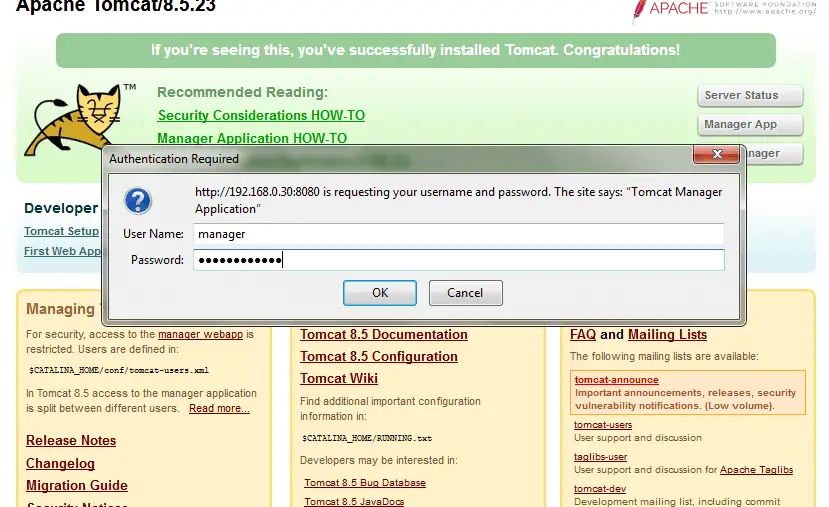

#Apache tomcat 5.0.28 exploit software#
The goal of this pattern is to discover server software that only applies filters to one version, but not the other. This gives the attacker many opportunities to discover and abuse a number of common filtering problems. The schizophrenic result is that many MS-based systems are required to understand both forms of the slash. For murky historical reasons, PCs (and, as a result, Microsoft OSs) choose to use a backslash, whereas the UNIX world typically makes use of the forward slash. Directory-driven systems, such as file systems and databases, typically use the slash character to indicate traversal between directories or other container components. An attacker would try to exploit common filtering problems related to the use of the slashes characters to gain access to resources on the target host. This attack targets the encoding of the Slash characters. Using Escaped Slashes in Alternate Encoding.

It can be difficult to protect against this attack since the URL can contain other format of encoding such as UTF-8 encoding, Unicode-encoding, etc. An attacker will try to craft an URL with a sequence of special characters which once interpreted by the server will be equivalent to a forbidden URL. Since the server decodes the URL from the requests, it may restrict the access to some URL paths by validating and filtering out the URL requests it received. This is often referred as escaped ending or percent-encoding. For instance US-ASCII space character would be represented with %20. Special characters are represented using a percentage character followed by two digits representing the octet code of the original character (%HEX-CODE). A URL may contain special character that need special syntax handling in order to be interpreted. An attacker can take advantage of the multiple ways of encoding a URL and abuse the interpretation of the URL. This attack targets the encoding of the URL combined with the encoding of the slash characters.


 0 kommentar(er)
0 kommentar(er)
